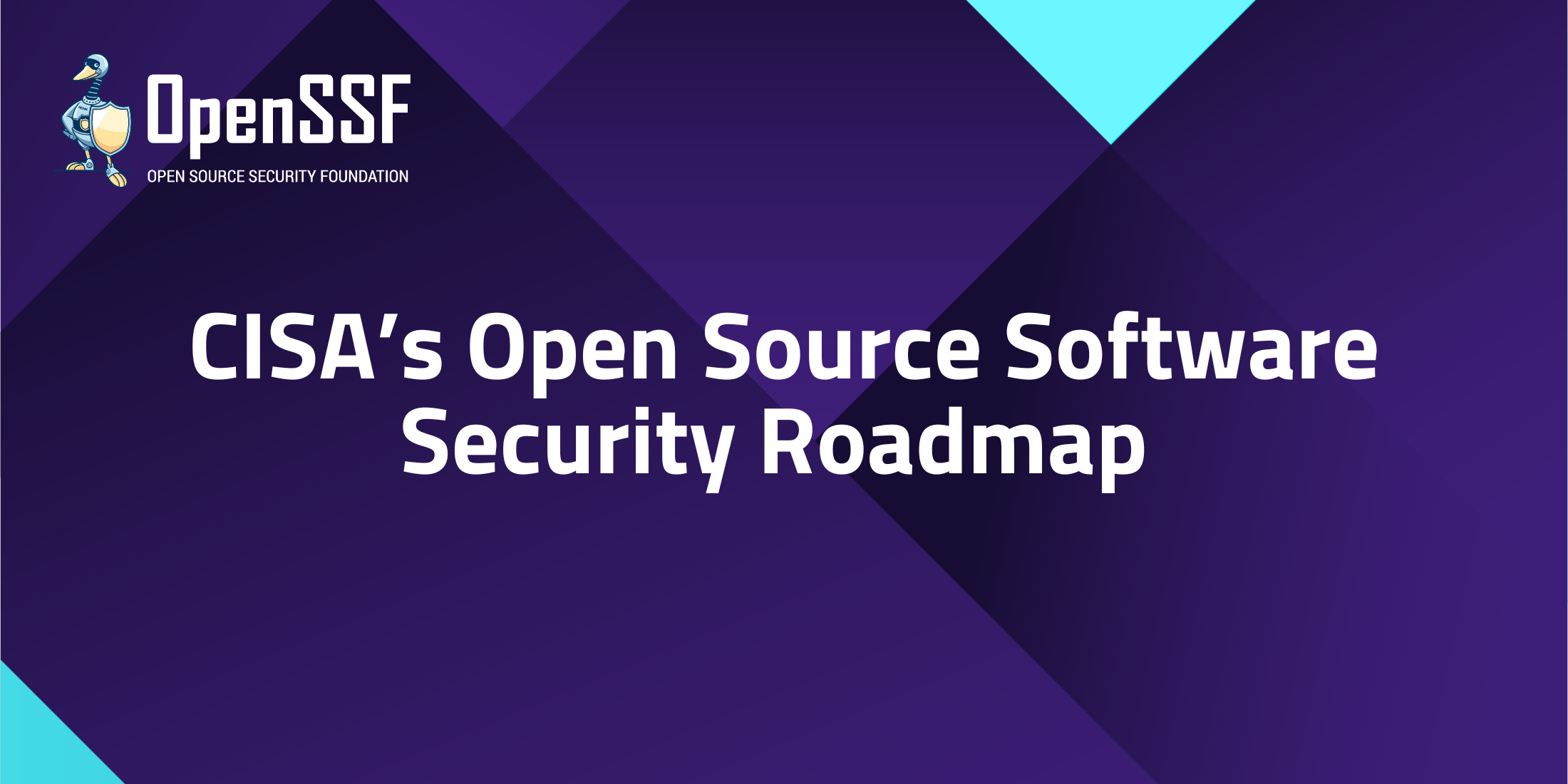Android Banking Malware Alert: SBI & Axis Bank Users at Risk

Android Banking Malware Alert: SBI & Axis Bank Users at Risk
A new Android malware campaign is targeting users of Indian banking apps, particularly those of SBI Card and Axis Bank. This malware aims to steal your financial data, putting your hard-earned money at risk. Stay informed and learn how to protect yourself.

Octo2 Android Malware Attacking To Steal Banking Credentials
How the Malware Works
The malware often spreads through phishing websites that mimic legitimate app stores or banking portals. These sites trick users into downloading malicious APK files disguised as official SBI Card or Axis Bank applications. Once installed, the malware can:
- Steal your login credentials (usernames and passwords)
- Access your SMS messages to intercept OTPs (One-Time Passwords)
- Record your keystrokes to capture sensitive information
- Access contact lists and other personal data
Protecting Yourself from Android Banking Malware
Here are some essential steps you can take to protect your Android device and your financial information:
- Download apps only from the official Google Play Store. Avoid downloading apps from third-party websites or untrusted sources.
- Verify app permissions. Before installing an app, carefully review the permissions it requests. Be wary of apps that ask for excessive permissions, such as access to SMS messages or contacts, if they don't need them.
- Install a reputable antivirus app. A good antivirus app can detect and remove malware before it can cause harm.
- Keep your Android operating system and apps up to date. Software updates often include security patches that fix vulnerabilities that malware can exploit.
- Be cautious of suspicious links and attachments. Do not click on links or open attachments from unknown senders.
- Enable two-factor authentication (2FA) for your banking accounts. This adds an extra layer of security, making it more difficult for hackers to access your accounts even if they steal your password.
- Regularly review your bank statements for any unauthorized transactions.
What’s Next?
Stay vigilant and keep yourself updated on the latest cybersecurity threats. Share this information with your friends and family to help them stay safe online. Banks are also continuously working to improve their security measures, so make sure to follow their guidelines and recommendations.





